There are still many debates about where waste really ends up after it has been disposed of – even when sustainability is supposedly taken into account from the outset.
This August, figures showed that more than 10% of fashion retail returns are not put back on sale, with many textile items ending up in landfill or being destroyed instead.
With thousands of items of clothing ending up in the Indonesian ocean, Seven Clean Seas technical director Oliver Kade outlines the challenges he faces and suggests some ways that fashion retailers can be more responsible about the end-of-life of their products.
Fashion waste management in Southeast Asia
“Around 40% of the waste we’ve collected at Seven Clean Seas is apparel and textiles,” highlights Kade.
“The vast majority of the items are flip flops, followed by outdoor infrastructure supply, product and logistics packaging and personal care and fishing nets. Everything that ends up on the shoreline is products containing low-value plastic.”
Diving in deeper into the stats, the NGO has collected over 2 million kilograms of plastic waste since it began. Around 670,000 kg of that comes from textiles and apparel – and an incredible 750,000 kg is flipflops.
“Bintan is a fishing village, which is why we find a lot of fishing nets, ropes and flipflops,” Kade explains.
“Some of the plastic consumed in the West ends up in Southeast Asia if there are waste exports, but other than that it’s mainly a local problem. As there aren’t solid waste management systems here, items usually end up in marine ecosystems.”
At Seven Clean Seas, Kade and his team are trying to implement better waste management systems to clean the seas and avoid the risks to health of the local population and boost tourism.
“There’s a lot of research to show us that waste can pose risks – not just towards ecosystem health – but to human health as well,” he explains.
“We’re starting community collations were we formally hire members to provide waste management services and cleaning services to the communities that we operate. We’ve also set up river barrier technology that has been really successful. As locals dispose waste in rivers, it usually ends up in the ocean but with this new technology, pollution has decreased.”
Subscribe to Sustainability Beat for free
Sign up here to get the latest sustainability news sent straight to your inbox everyday
Making a difference in Europe
Looking over to the West, Kade outlines how apparel and fashion brands can avoid items being exported over to the East.
“It’s cheaper to export waste from Europe over to developing countries,” he begins.
“But how can you expect to export our own waste to emerging economies like Indonesia when we can’t find recycling solutions in the UK or other parts of Europe?”
As well as building better waste disposal and recycling infrastructures in the West, Kade urges fashion retailers to do better.
“I love the idea of a buyback system or a return system,” he adds.
“Or a reverse logistics system for unused and unwanted clothes. Consumers could send them to major fashion brands or retailers who can handle the waste – the problem is that it needs to be handled correctly and there needs to be better policing and regulation. And of course it has to be based in Europe.”
Kade also advises retailers to take accountability for products and consumer goods they put on the market, as well as accurately disclosing what goes into each product.
“Once companies have an understanding of how much plastic goes into a product, the next thing to understand would be what type of packaging is used, especially if it’s being sent to different markets.
“After understanding different types of packaging and how much of each item will be sold in different markets, the next thing to look at is the product’s end-of-life scenario,” he adds.
When looking at the end-of-life cycle for products, Kade suggests looking at different factors:
- If it’s possible to recycle products,
- How many microplastics could escape back into the environment,
- How to extend the longevity, and
- How consumers can look after their items.
Looking specifically at fashion, Kade also suggests considering the design of the item.
“You can still find high-end fashion items in charity shops and second-hand stores. These ‘timeless’ pieces still have a lot of value. A second point would be to design clothes specially for recyclability.”
Kade nods to fashion brand Patagonia.
“It has done a great job by implementing takeback systems and repair facilities and – crucially – its products are designed for longevity,” he says.
“When businesses are already doing things well, it makes sense to copy those who have come before us!”


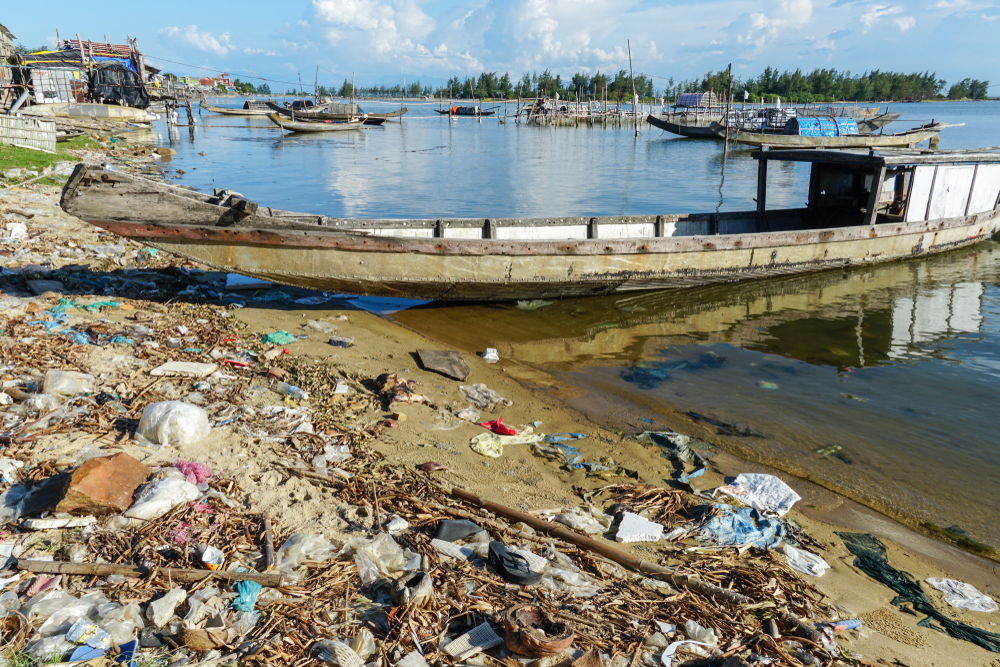



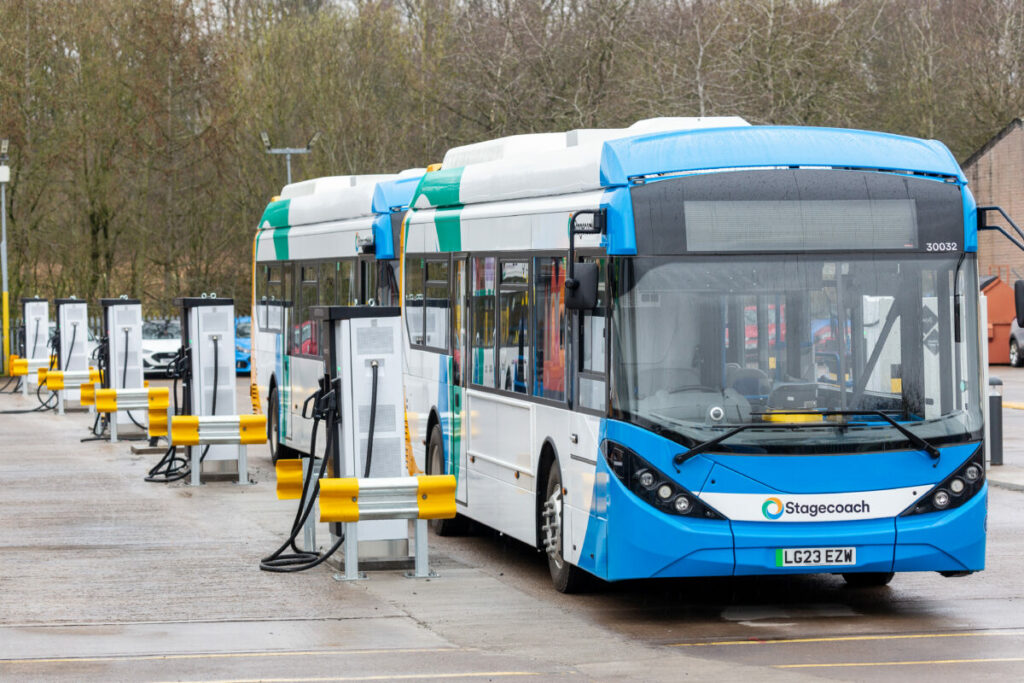
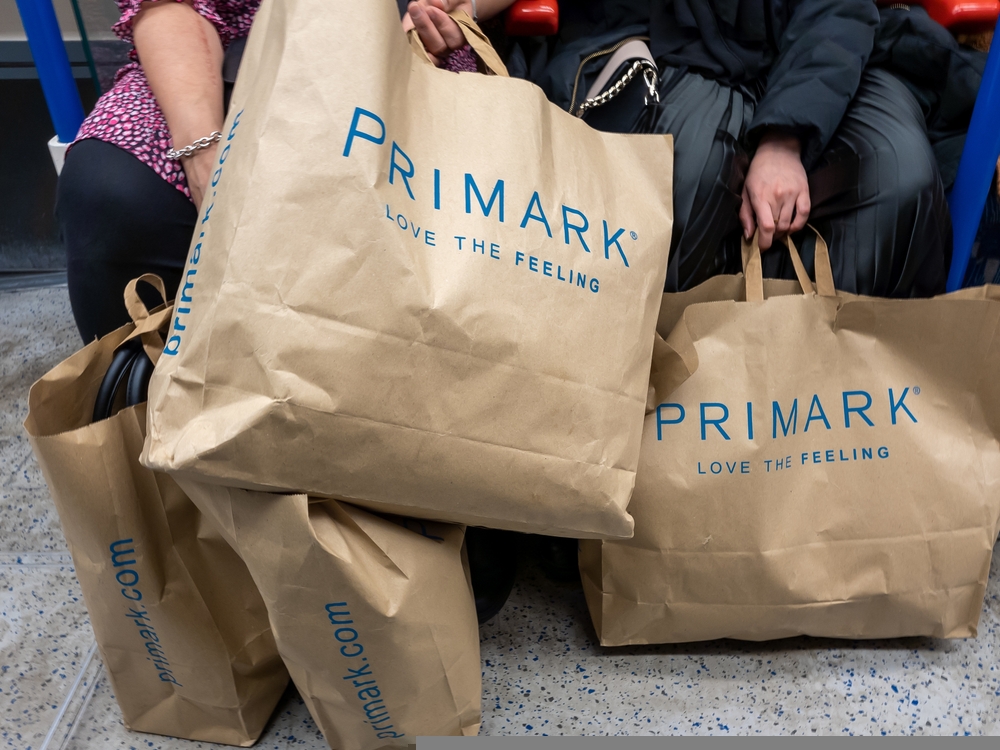
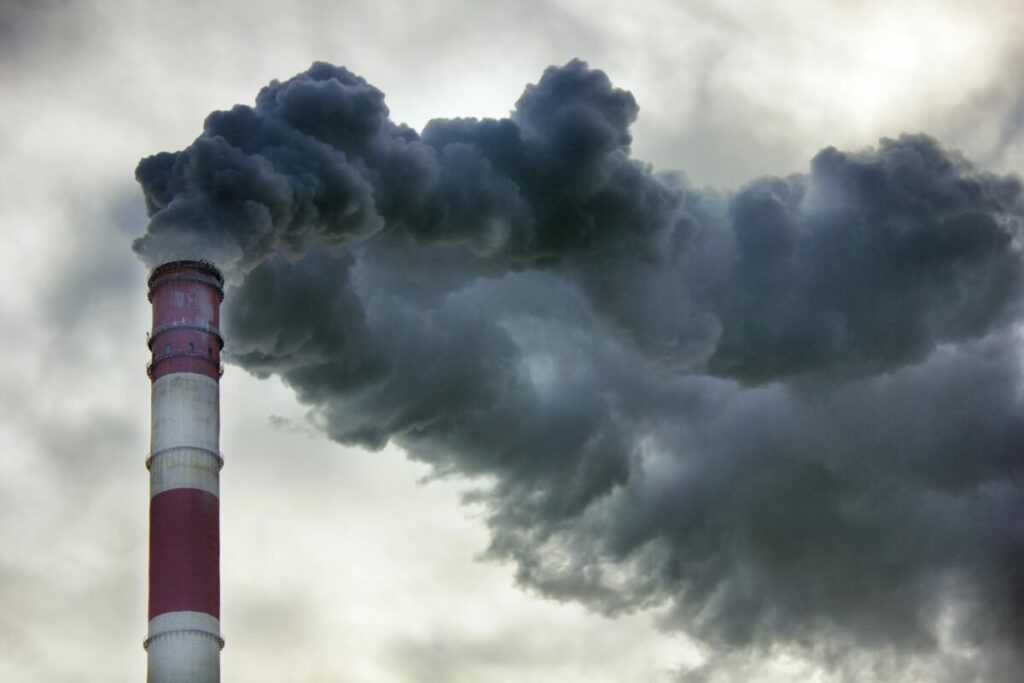
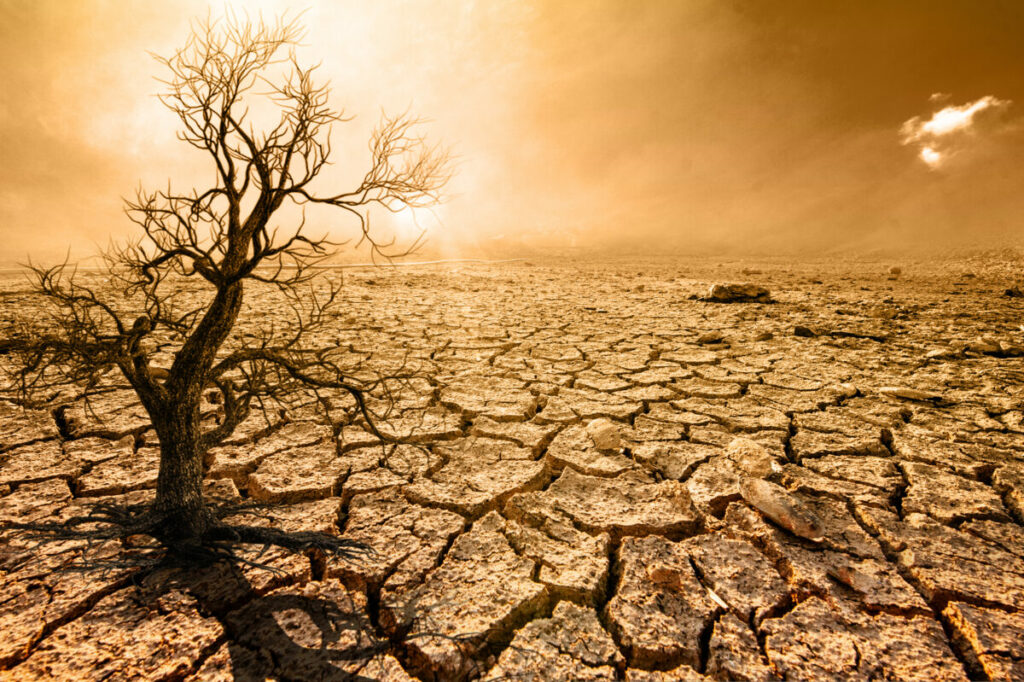


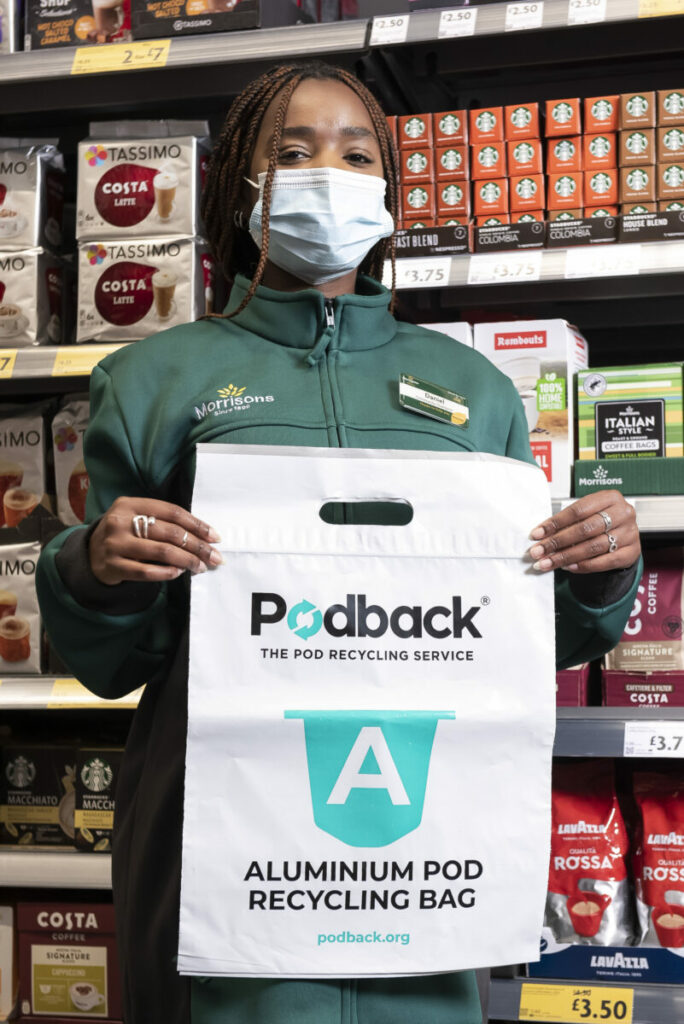

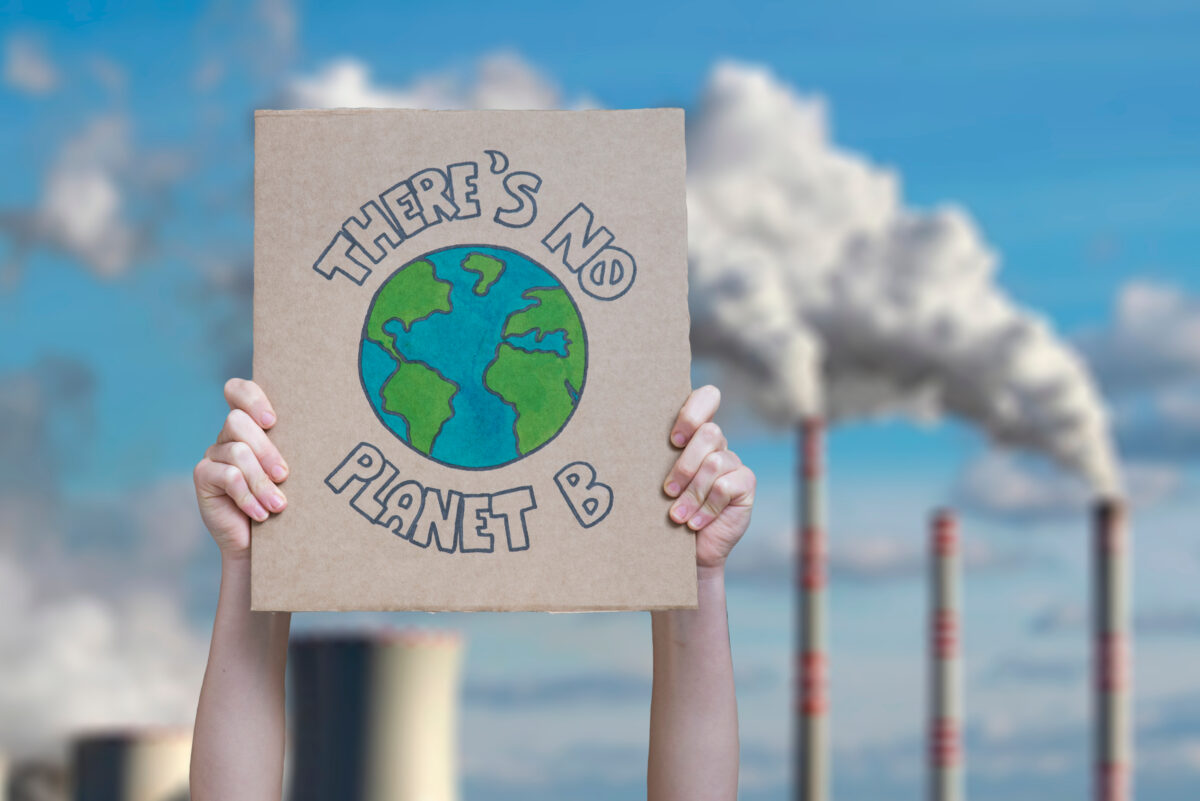

3 Comments. Leave new
Great solutions..very neatly exposed
Waste management is a really big issue, its good to know that their is someone caring
Sustainability Beat’s coverage of waste management in the fashion industry is a call to action. The article provides a stark look at the environmental impact of the fashion sector and explores sustainable solutions. A must-read for fashion enthusiasts and advocates of eco-friendly practices. hscmsolutions.com is a valuable source for you.